Healthier Options: Reducing Sugar in Baked Goods and Desserts
Healthier Options: Reducing Sugar in Baked Goods and Desserts
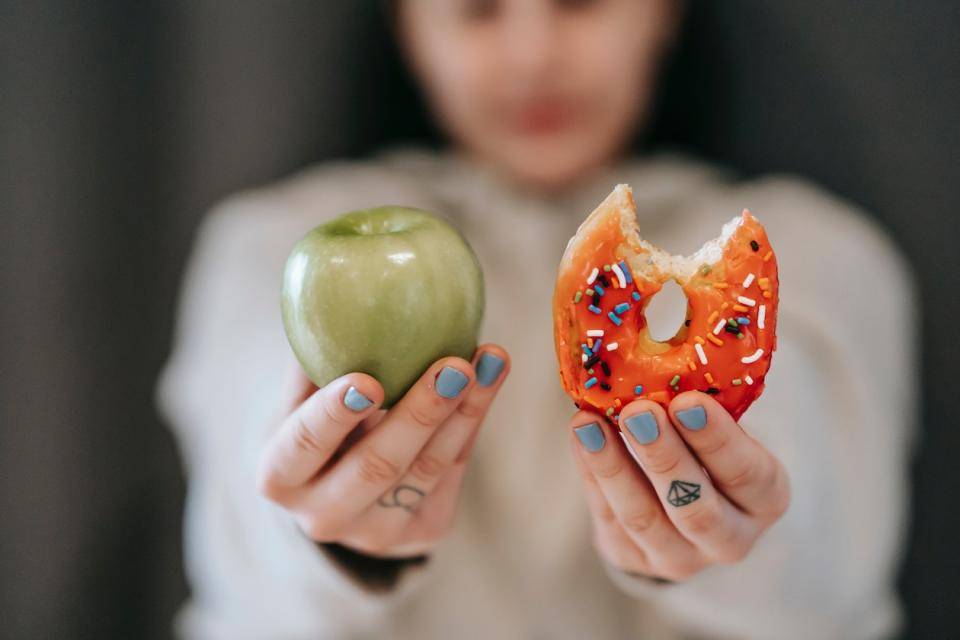
What's So Bad About Sugar?
Many health risks are attributed to the overconsumption of sugar. We’re not doctors or dieticians, but we can say that obesity is a growing problem worldwide, and sugar added to foods offers extra calories with little to no other nutritional benefits. Reducing added in sugar in the foods we consume and focusing on nutrient-dense, fiber-rich foods is good for us, and our customers know it and seek items they can enjoy and feel good about choosing.
In fact, over half of global consumers (52%) say that they are conscious of limiting or reducing sugar in their diets. About the same amount (53%) strongly agree that they would rather cut back on sugar than use alternative sweeteners.*
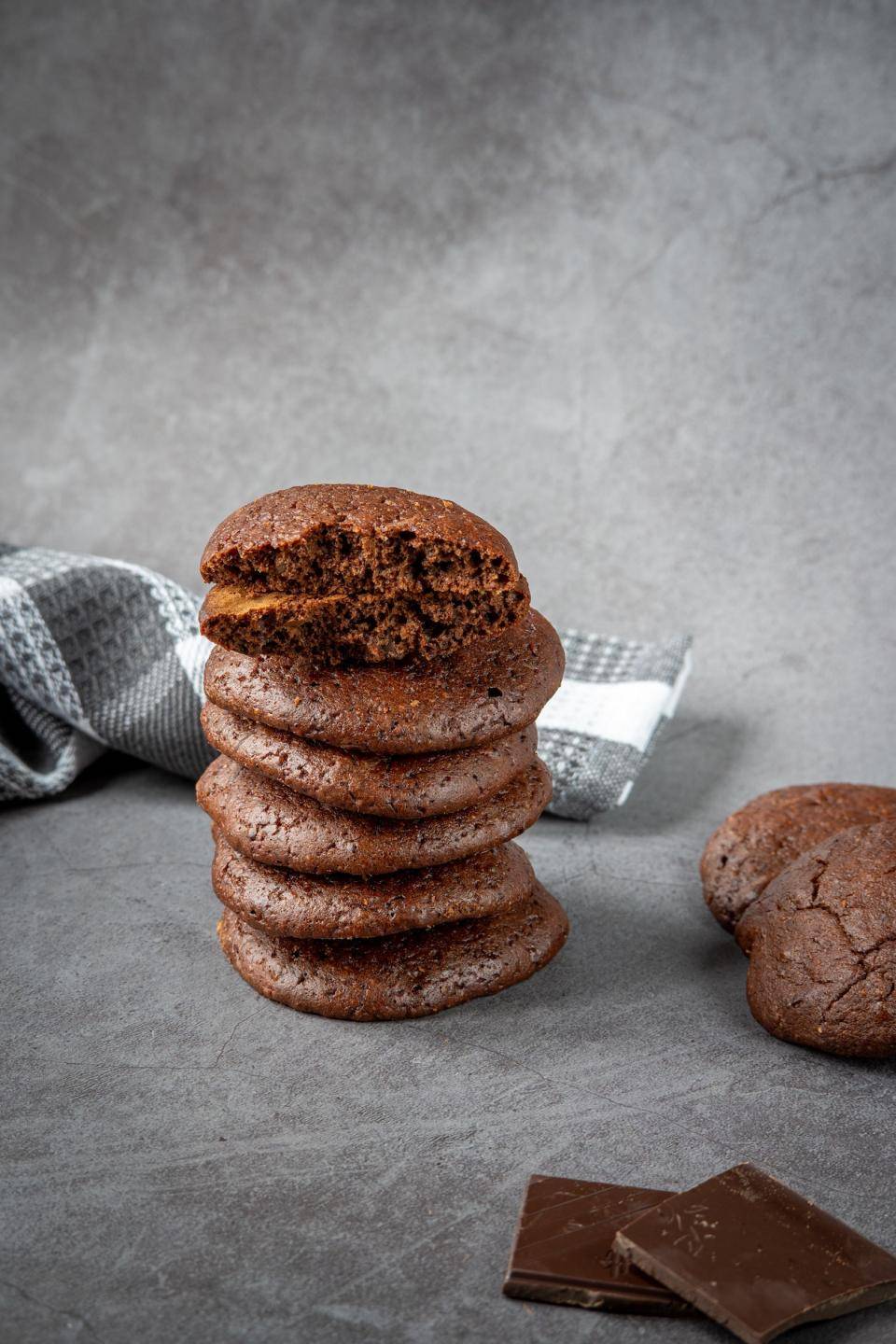
The Role of Sugar in Baked Goods
If the only quality sugar contributed to your menu items was sweetness, you could simply use less, adapt to the new, healthier flavor, and move on. However, sugar’s role in our products is multifaceted and complex.
There are plenty of good sources of in-depth information about sugar, its chemical properties, and the role that it plays in cooking and baking (Harold McGee’s On Food and Cooking is one of them, Shirley O. Corriher’s Bakewise is another), so here’s a super-quick, very basic summary of sugar’s role in muffins, cakes, breads, etc.:
- It contributes moisture: Sugar loves water and helps keep baked goods moist for longer.
- It gives color: the golden-brown hue of a perfectly baked cookie or loaf of bread comes from the caramelization of sugar (both added and naturally present). Sugar also lends a hand to the Maillard reaction, another source of browning.
- Flavor beyond sweetness: Sugar is a flavor-enhancer, much like salt. It brings out the best in butter, the nuances of vanilla, and balances the bitterness of cocoa and whole-wheat flour.
- Sugar aids aeration: It helps trap air when used in the creaming method, and it makes more stable meringues for sponges.
- It increases tenderness: When sugar attracts water, there’s less water available to mix with flour proteins and create gluten, yielding a softer, more tender texture. Sugar can also bind to the proteins in eggs, preventing them from coagulating, resulting in softer, more yielding baked goods.

How To Reduce Sugar in Baked Goods
Reducing sugar in your recipe ≠ successful reduced-sugar baked goods
Unfortunately, using less sugar in your products isn’t as straightforward as simply using less sugar.
Or is it?
In many cases, a small reduction in the amount of sugar in a recipe will yield results that are, if not just as good as the original, quite good and even delicious, comparable in flavor and texture.
Start with a test batch, and reduce the sugar by 10% (of the amount in the recipe, not baker’s percentage). Some recipes can handle a sugar reduction of up to 50%, while others will show undesirable results sooner in the sugar-reduction process.
If you work in baker’s percentages, a good rule is to aim for 80% - 125% sugar in any recipe**.
Recipes with very few ingredients and where sugar is a main ingredient are less adaptable. This “just use less sugar” method is not one to try with your top-selling angel food cake or award-winning brandy snaps.
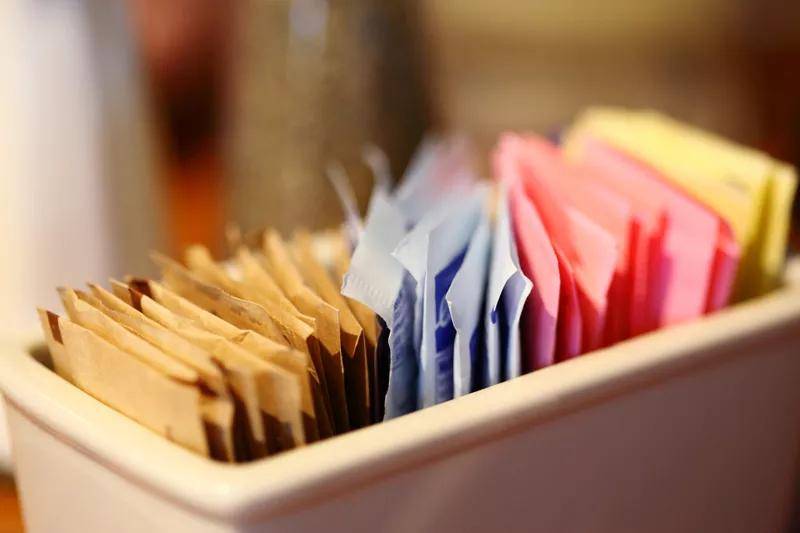
Replacing Sugar: Natural and Artificial Alternatives to Sugar
Artificial sugars have been around since Saccharin was synthesized in the 1800s, though the first sugar substitute, Sweet ‘n’ Low, didn’t hit grocery stores until 1958. Since then, we’ve seen full range of sugar substitutes ranging from synthesized to plant-derived. These can work in baked goods, though due to the range of products available and their different chemical compositions, it’s nearly impossible to give any sort of general guidelines for their use.
Newer to the market are sugar alternatives formulated specifically for baked goods. These can often be substituted 1:1 for sugar in a recipe with little discernible difference in color or texture. Whether there’s a notable flavor difference depends on your palate, that of your customers, and the particular item. Perhaps more important to note is that these sugar replacers are currently very expensive and a cost/benefit analysis is a must for any baker considering making a switch.

Using "Natural" Sugars
According to Sarah Diefrich, marking director at ADM, "While sugar reduction continues to become more top of mind for over half of confectionery consumers, sweeteners from natural sources, such as stevia, agave, and honey, tend to be the most appealing for both their delicious taste and positive clean label positioning. This is crucial, as taste and less sugar are ranked equally important by 82% of consumers seeking out new products."
A few words about “natural” sugars. First, sugar, which comes from sugar cane or beets, is 100% natural, though highly processed. Sweeteners such as agave, honey, molasses, and maple syrup can offer some minimal nutritional benefits but, in the end, are processed by the body in the same way as plain white table sugar. The minimal amount of processing required to bring these products to market is appealing for many customers, though, and these ingredients can also contribute a unique and wonderful flavor to your menu items. Some, like agave and honey, are much sweeter than sugar, allowing bakers to use less of them to achieve the same level of sweetness.
*Innova Health & Nutrition Survey, July 2021
** King Arthur Baking, "Baking with Reduced Sugar"

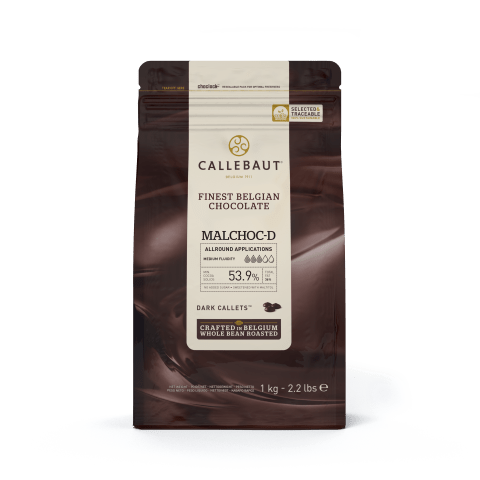




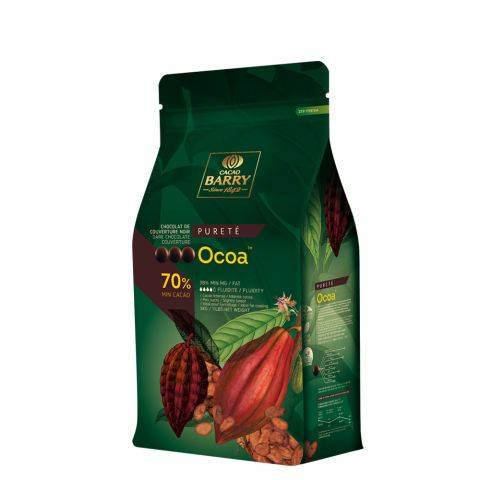


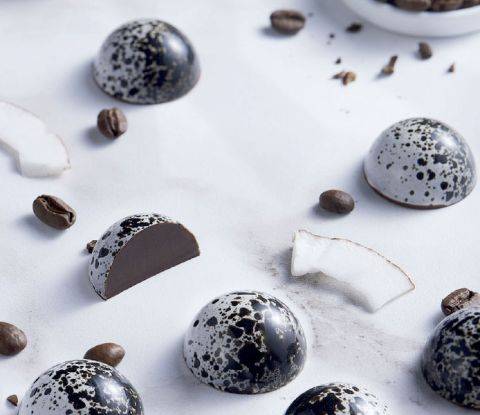

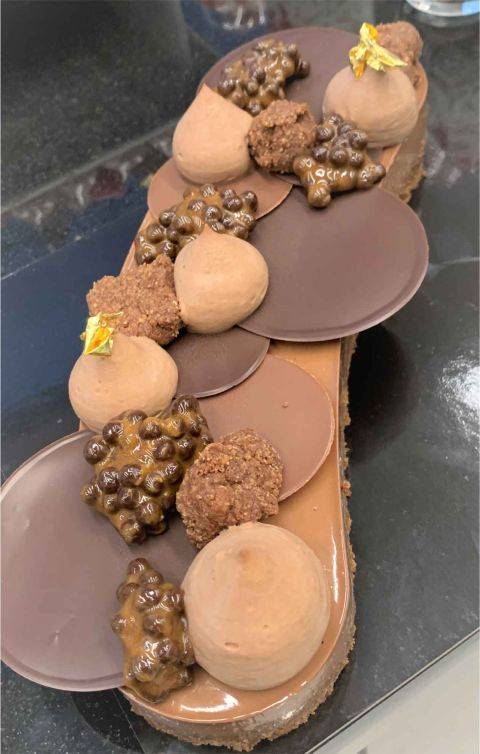



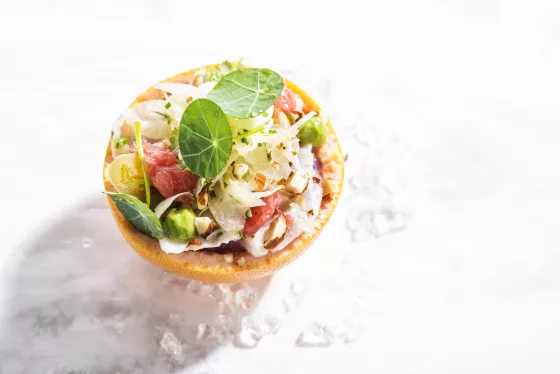

Comments